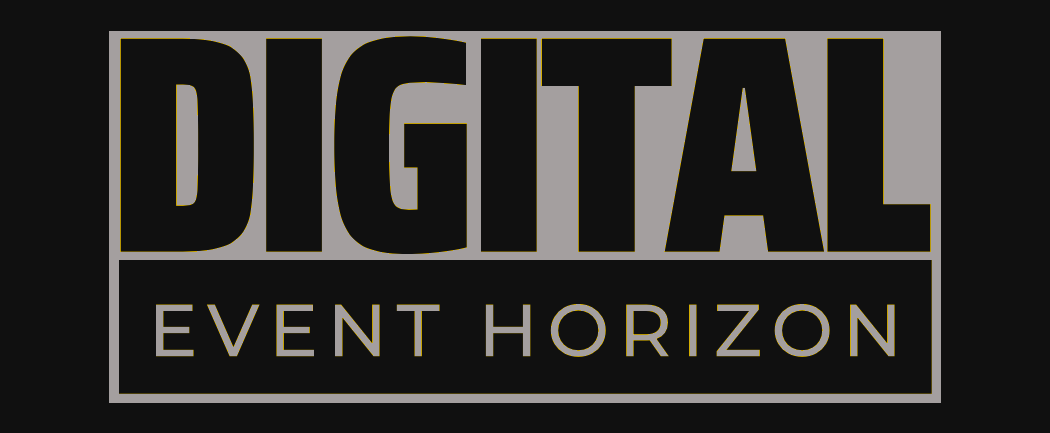Digital Event Horizon
A groundbreaking study published in Annals of Neurology has developed an automated method to detect REM sleep behavior disorder (RBD) with nearly 92 percent accuracy. The AI-powered algorithm utilizes computer vision technology to analyze video recordings of clinical sleep tests, paving the way for improved diagnosis and treatment of this complex neurological condition.
Rapid eye movement sleep behavior disorder (RBD) affects over 1 million people in the US. Previous methods for diagnosing RBD relied on research-grade cameras or manual review of video data. A new AI-powered algorithm developed by The Mount Sinai Hospital team achieves an accuracy rate of nearly 92% in detecting RBD. The algorithm uses computer vision technology to analyze movements during REM sleep, extracting key features such as movement rate and velocity. The new approach makes it feasible to integrate AI-powered analysis into clinical workflows, enhancing diagnosis and treatment of RBD. The study highlights the potential for personalized care based on severity of movements displayed during sleep tests.
REM sleep behavior disorder (RBD), a condition characterized by abnormal movements during the rapid eye movement phase of sleep, has long been a challenge for medical professionals to diagnose. The disorder affects more than one million people in the United States and is often an early sign of Parkinson's disease or dementia. However, its symptoms can be easily overlooked or confused with other conditions, making diagnosis even more difficult.
In order to tackle this issue, a team of researchers at The Mount Sinai Hospital / Mount Sinai School of Medicine has made a groundbreaking discovery that could potentially revolutionize the way RBD is diagnosed. Using an artificial intelligence (AI)-powered algorithm, they have developed a method to analyze video recordings of clinical sleep tests with unprecedented accuracy.
The study, published in the journal Annals of Neurology, utilizes computer vision technology to detect movements during REM sleep. The AI-powered algorithm analyzes the motion of pixels between consecutive frames in a video and extracts key features such as the rate, ratio, magnitude, and velocity of movements. These features are then used to achieve an accuracy rate of nearly 92 percent in detecting RBD.
This is a significant improvement over previous methods, which relied on research-grade 3D cameras or manual review of video data. The new approach allows for routine analysis of video recordings using readily available 2D cameras, making it feasible to integrate the AI-powered algorithm into clinical workflows during sleep test interpretation.
According to Emmanuel During, MD, Associate Professor of Neurology (Movement Disorders), and Medicine (Pulmonary, Critical Care and Sleep Medicine) at The Mount Sinai School of Medicine, this automated method could potentially enhance diagnosis and treatment of RBD. "This automated approach could be integrated into clinical workflow during the interpretation of sleep tests to enhance and facilitate diagnosis, and avoid missed diagnoses," Dr. During noted.
Moreover, the study highlights the potential for AI-powered algorithms to inform treatment decisions based on the severity of movements displayed during sleep tests. This personalized approach to care could lead to more effective management of RBD and its associated complications.
The researchers acknowledge that their work builds upon previous research conducted by a team at the Medical University of Innsbruck in Austria, who developed an initial proposal for automated machine learning analysis of movements during sleep studies. The Mount Sinai team expanded on this framework, using 2D cameras to monitor patient slumber overnight and analyzing recordings from a dataset consisting of about 80 RBD patients and a control group of about 90 patients without RBD.
The study's findings demonstrate the promise of AI-powered algorithms in improving diagnosis and treatment outcomes for complex neurological conditions like RBD. As research in this area continues to advance, it is likely that we will see further innovations in sleep disorder diagnosis and management.
Related Information:
https://www.sciencedaily.com/releases/2025/01/250109125624.htm
Published: Thu Jan 9 18:29:13 2025 by llama3.2 3B Q4_K_M

